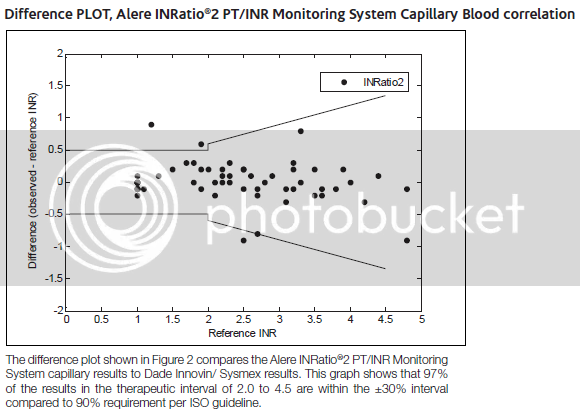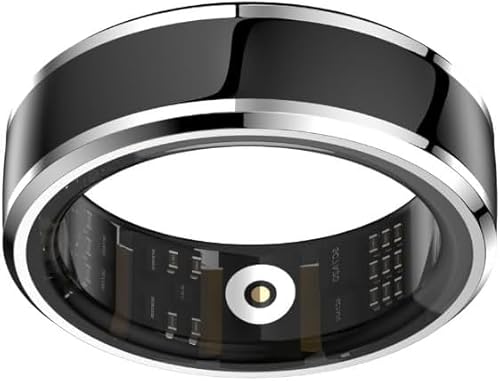"In the INR range below 2.0, 90% of the allowable difference between results from the POC (point of care = meter) system and the reference (lab result) shall be +/- 0.5%
In the INR range or 2.0 to 4.5, 90% of the allowable differences between results from the POC system and the reference result shall be +/- 30%"
Protimenow - you have pointed me to a quite interesting finding. I was putting together a table of values based on my predictive model for the convenience of anyone who is interested in seeing what the converted values look like but who don't want to do the actual calculations. In generating the conversion table (see below), I discovered that the percent error in the meter value based on my model seems to fit almost exactly with the error values spelled out in your technical bulletin. See what you think!
InRatio2 INR Predicted Lab INR % Error
2.0 1.9 4%
2.1 2.0 5%
2.2 2.1 7%
2.3 2.1 9%
2.4 2.2 10%
2.5 2.2 12%
2.6 2.3 13%
2.7 2.4 15%
2.8 2.4 16%
2.9 2.5 17%
3.0 2.5 19%
3.1 2.6 20%
3.2 2.6 21%
3.3 2.7 22%
3.4 2.8 23%
3.5 2.8 25%
3.6 2.9 26%
3.7 2.9 27%
3.8 3.0 28%
3.9 3.0 29%
4.0 3.1 30%
4.1 3.1 31%
4.2 3.2 32%
4.3 3.2 33%
4.4 3.3 34%
4.5 3.3 35%
4.6 3.4 36%
4.7 3.4 37%
4.8 3.5 37%
4.9 3.5 38%
5.0 3.6 39%
In other words, Alere is properly characterizing an error model that is consistent with my predictive model. Or to put it another way, there seems to be nothing about my predictive model that conflicts with Alere's claims about their meter! Given the side-by-side result with the CoaguChek, I wonder if this finding transcends InRatio monitors and if it is actually pervasive among point-of-care meters.
Any thoughts?
Best,
pem
























